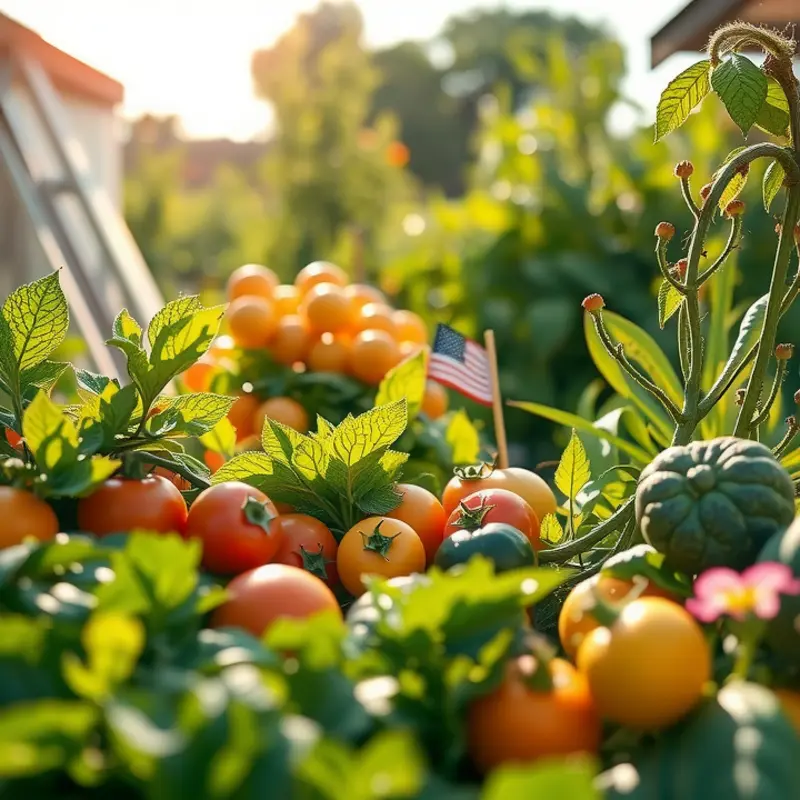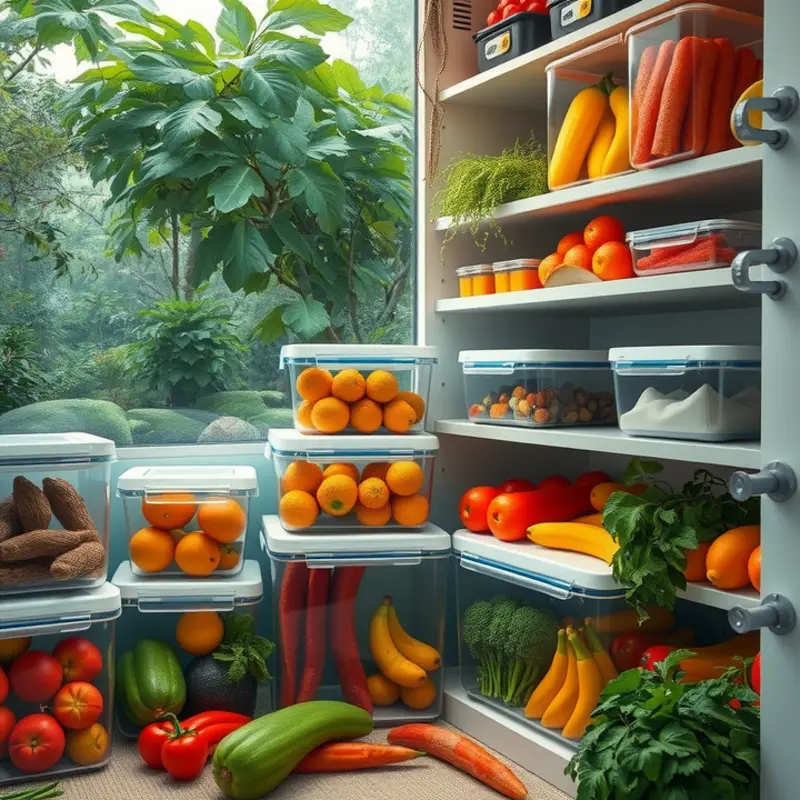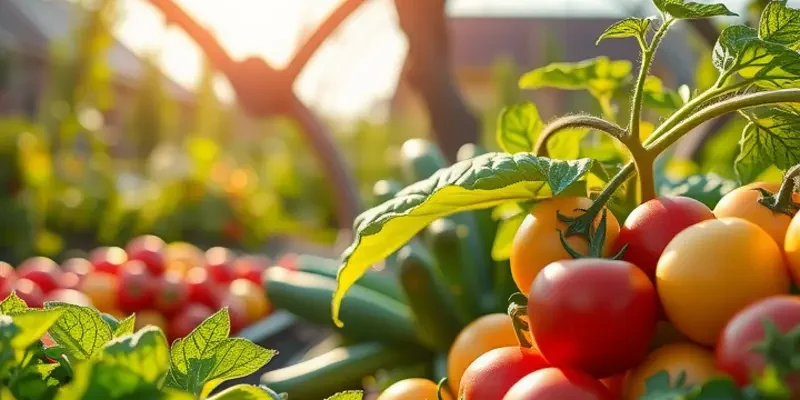Humidity can be a double-edged sword in the kitchen. While it can contribute to thriving gardens, it also presents challenges for food safety. Understanding how to store food properly and minimize waste in a humid environment can significantly improve your household management. This guide offers practical tips for keeping your food safe, fresh, and waste-free amidst the dampness.
Understanding the Humidity Effect on Food

Humidity presents a unique challenge to food safety. It fosters mold growth, accelerates spoilage, and attracts pests. Identifying and combating these issues is crucial, especially in humid climates. The first line of defense is storage. Place food in airtight containers to lock out moisture and pests. These containers maintain dryness, protecting staples like flour and grains. Pests find it hard to penetrate these barriers, while moisture levels remain minimized.
To manage pantry stock effectively, implement a First In, First Out (FIFO) method. Regularly check and rotate items, ensuring older products aren’t left to spoil. This not only avoids waste but also keeps your pantry organized and up-to-date. Coupling rotation with storage maintenance can drastically reduce the risk of food spoilage.
Consider adding moisture absorbers such as silica gel packs in areas prone to dampness. They can significantly reduce humidity levels inside containers and storage areas. For maximum effectiveness, replace or recharge them regularly according to manufacturer guidelines.
Guarding against spoilage involves understanding which foods require special attention. Create a checklist of items needing cool, dry settings. Staples like rice, cereals, and dried legumes are best kept in such conditions. Schedule periodic checks to ensure these conditions are consistently met.
Pests are another concern in humid environments. Apart from airtight containers, adopt additional pest-prevention strategies. Regular pantry cleaning deters insects and rodents. Also, identify vulnerable food items that pests target, such as grains and flours, and inspect them frequently.
For those seeking eco-friendly storage solutions, explore sustainable container options, which can be both effective and environmentally conscious. You can explore more on eco-smart kitchen storage here. Keeping a balance between safety and sustainability can optimize your kitchen management system.
Addressing these challenges requires vigilance and routine. By focusing on airtight storage, moisture management, and regular checks, you can effectively combat the adverse effects of humidity on food. This not only ensures food safety but also contributes to a healthier and more sustainable household.
The Art of Effective Food Storage

Proper food storage is essential for minimizing spoilage in humid climates, where moisture can be a constant enemy. Investing in quality airtight containers is a prudent starting point. These containers act as a barrier against both moisture and pests, two prevalent challenges in humid environments. When choosing containers, look for durable, seal-tight lids that guarantee an effective shield for your food.
For perishables, vacuum-sealing is a game-changer. This method removes air, thus inhibiting the growth of microorganisms and prolonging freshness. Seal meats, fish, and vegetables to keep them in prime condition. In tandem with vacuum-sealing, ensure your refrigerator operates below 40°F (4°C). Consistent temperature regulation is critical in preventing bacterial growth.
Dry goods present another storage challenge. For these, utilize oxygen absorbers in your containers. These small packets maintain an oxygen-free environment, which extends the shelf life of items like flour, grains, and cereals. This approach reduces the risk of mold and spoilage, preserving the quality of your staples.
Labeling is another simple yet effective storage strategy. Clearly mark all stored items with the purchase or use-by dates. This not only facilitates a first-in, first-out usage but also helps reduce waste significantly. You can readily identify older stocks and prioritize their use, minimizing the chance of forgotten items lingering in your pantry.
Improving airflow in storage spaces further aids in food preservation. For this, consider using natural dehumidifiers. Materials such as salt or activated charcoal can absorb excess moisture, creating a drier environment in your pantry. You might be surprised at how a small bowl of salt can make a significant difference in reducing humidity levels.
For more details on reducing waste while ensuring food safety, explore our guide on low-waste cooking and prep. This resource provides additional insights into efficient meal preparation and ingredient management.
Mastering the art of effective food storage not only helps in preserving food quality but also plays a crucial role in maintaining health and minimizing waste.
Final words
Living in a humid climate doesn’t have to compromise your food safety. By understanding how humidity affects food storage, you can implement effective strategies to keep your family safe and healthy. Focus on using airtight containers, keeping your kitchen organized, and routinely checking your supplies. Regularly assessing food conditions and keeping an inventory not only minimizes waste but also fosters a sustainable kitchen environment. Embrace these practices for a healthier approach to food management amidst the challenges of humidity.







